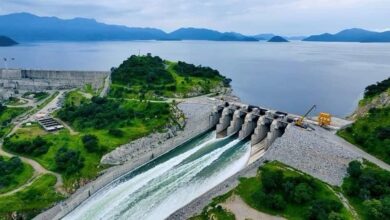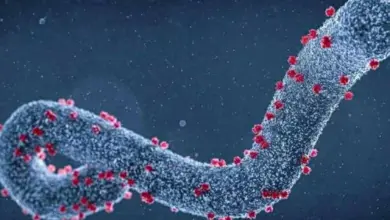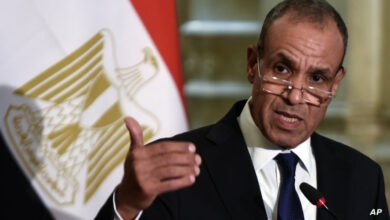
Every now and then, the talks on the Grand Ethiopian Renaissance Dam (GERD) crisis between Egypt and Ethiopia receive considerable attention.
Whenever the crisis intensifies, players are divided into two teams: a negative team that builds walls (literally) and reaches dead ends, and a positive team that seeks to build bridges and reach solutions satisfying all parties.
President Abdel Fattah al-Sisi is a positive person always seeking to build bridges, not walls. This was demonstrated when he congratulated Ethiopian Prime Minister Abiy Ahmed for winning the Nobel Peace Prize, repeating his congratulations during the Cultural Symposium of the Armed Forces.
The President stressed the importance of overcoming any obstacles on the GERD negotiations, reaching an agreement that fulfills the hopes and dreams of the peoples of both countries.
“I agreed with the Prime Minister of Ethiopia to meet in Moscow to talk about the matter and move forward until we resolve this issue one way or another,” Sisi said.
There is no doubt that Ethiopia after Abiy Ahmed’s Nobel Prize is different from Ethiopia before it, as when peace advocates and those who seek to build bridges meet, they inevitably come to solutions.
The Ethiopian Prime Minister is the product of a mixed marriage between an Ethiopian Muslim father and a Christian Ethiopian mother; after they separated, the son chose the religion of the mother and became Christian.
He won the Nobel Peace Prize because he facilitated great reconciliation. During his tenure, Ethiopia and Eritrea regained normal relations after twenty years of hostility and a border war that strained both countries.
As soon as he took power, Abiy lifted the state of emergency, released political prisoners and halted censorship on news sites. He also recently made news for his role in mediation in Sudan, led by the African Union, after the fall of Omar al-Bashir.
Experts in African affairs stress it should be easy to reach an agreement on the dam crisis.
Ibrahim Nasr Eddin, professor of political science at the Faculty of African Postgraduate Studies, believes that the dam is of great benefit to Egypt, because it will block all silt deposits in Lake Nasser, extending the life of the High Dam for at least another 100 years.
The Nile’s water is abundant in the sense that the annual volume of the Nile River with its tributaries, the White and Blue Nile, is 1,660 billion cubic meters; 1400 billion comes from Ethiopia, while 460 billion comes from the tropical region.
Egypt and Sudan only consume 82 billion cubic meters, an average of six percent of the annual water volume of the river, while the rest is lost in swamps and evaporation.
This means that we have an untapped abundance of water. Most of the basin countries depend on rains for 90 percent of their agricultural needs, and they are not in a dire need of the Nile waters for agriculture. They mainly need electricity.
The main problem, according to Nasr Eddin, is that, “There are negative historical sentiments in all the countries on the Horn of Africa, especially in the Nile Basin countries. Ethiopia still speak to date in its books and other documents about Egyptian Imperialism.
“Unfortunately, history books in Sudan also talk about the Egyptian-Turkish colonization of Sudan. Visitors to the major hotels in the Kenyan capital find depictions of an Arab statue wearing head cords (Igal), chaining an African and whipping him.
“In Zanzibar, Tanzania we find the largest site of the so-called Arab trade base, the Arab slave trade. This image shows negative perceptions of Arab-African relations due to the historical Arab friction with this region, and it seems that these perceptions still control the minds of the ruling elites.”
The crisis of the Renaissance Dam can be solved when the people who believe in building bridges, not in mastering the construction of dams, negotiate!




